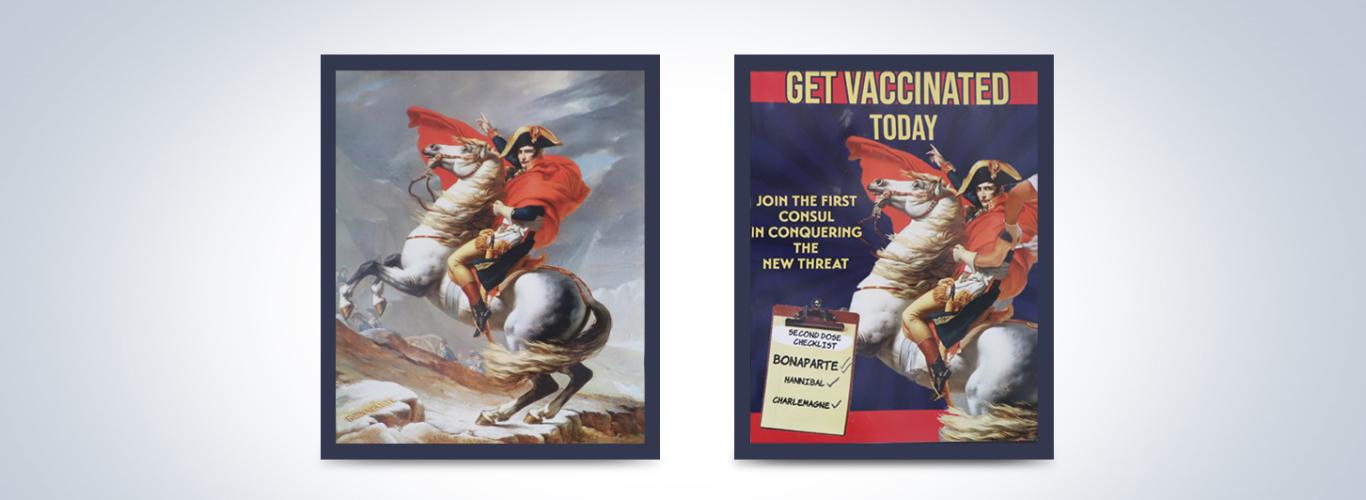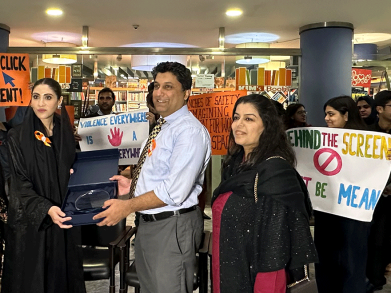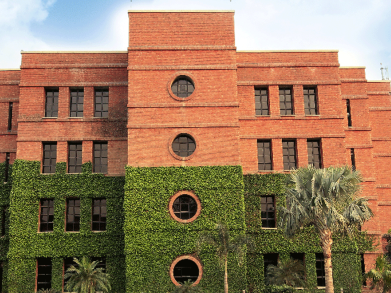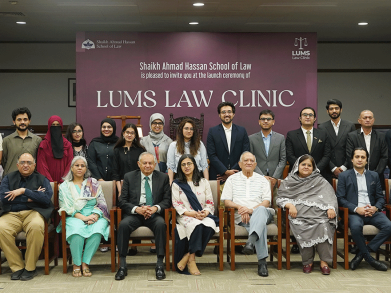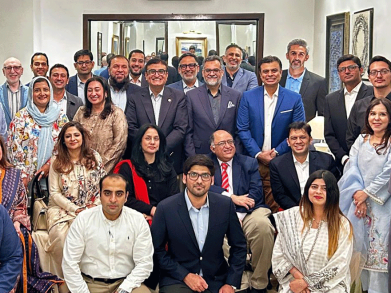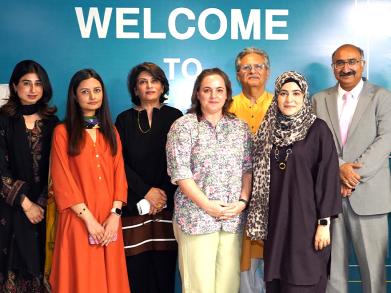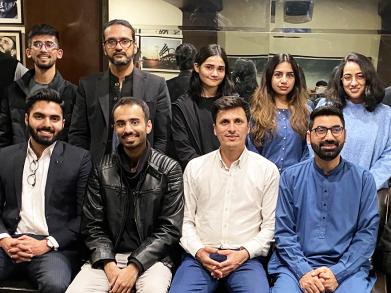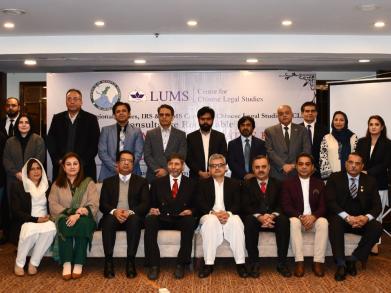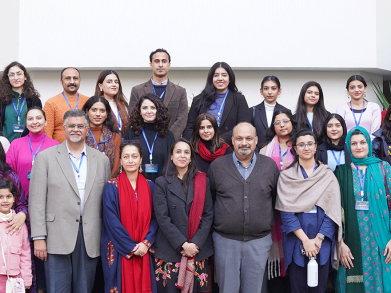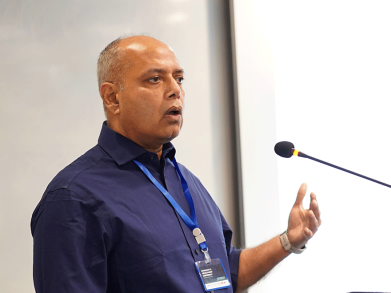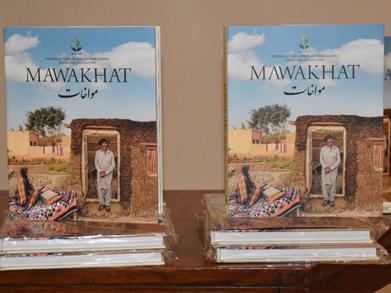Creativity at its Best: MGSHSS Students Display Work Related to Art History Course
An exhibition of creative projects completed during the art history course titled ‘18th-19th Century French Art: Neoclassicism to Post-Impressionism’ ) by Dr. Nadhra Khan, Associate Professor, Mushtaq Ahmad Gurmani School of Humanities and Social Sciences (MGSHSS), and Director, Gurmani Centre for Languages and Literature, is on display in the Academic Block corridor (first floor) from March 21 to 28, 2022. The creative projects showcase students’ reflections of the aesthetic, socio-political or religious ideas embedded in artworks presented to them in the course and serves to exhibit art’s capacity to negotiate temporal and spatial distances. These expressions also serve to present a strong cultural link with the eighteenth and nineteenth century French society and several socio-political moments of our history and some contemporary practices.
The exhibition, curated by course Teaching Assistant, Zil-e-Huma and students, Taymur Jibran, Adil Shafique Khan and Nyle Murad, was opened by Dr. Jean-Baptiste Clais, curator of the Asian collection and European porcelains at the Department of Art Objects at the Louvre, Paris. Dr. Clais was accompanied by Mr. Dylan Gerald , Attaché for Cultural Affairs and Mr. Mounir Slimani, Counsellor for Cooperation, French Embassy, Islamabad.
These creative projects were aimed to expresses the students’ takeaway from this course where they were asked to pick out artworks that inspired them and to reinterpret them to convey a message from their present social, cultural or political perspectives. The projects covered significant art movements from the Baroque period to Neoclassicism and Impressionism, including inspirations from monumental French figures such as Napoleon Bonaparte who was painted by several French Masters including Jacque-Louis David, Jean-Auguste-Dominique Ingres, Eugene Delacroix and many others.
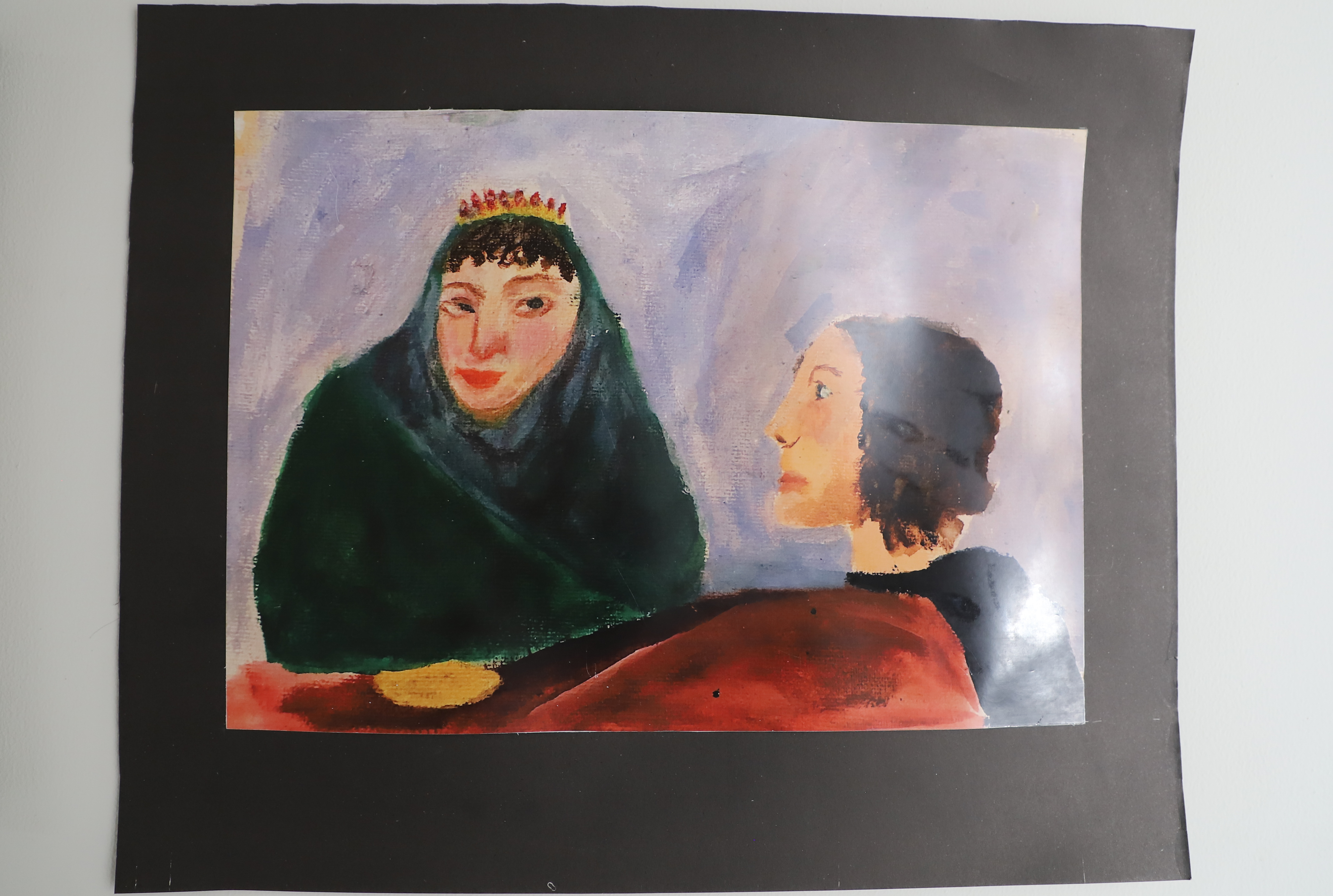
They show several parallels drawn with their own cultural contexts reinterpreting the intention behind the original works and making it relevant to their own time. Examples of such pieces include altered compositions of artworks such as Caspar David Fredrich's Wanderer Above the Sea of Fog turned into ‘Wanderer above Lahore’ with a few political symbols that offer easy clues to understand the intentions of the student. While one project compared Napolean Crossing the Alps by David following the footsteps of Charlemagne and Hannibal, Adil and Nyle showed Napoleon urging people to get vaccinated during the pandemic. Another project reimagines the gaze with which harem women in the Orient were viewed. It used Ingres’s Odalisque and overturning the artist’s intentions of showing a nude woman coyly looking at the viewers, inscribes different parts of her limbs with words like ‘himmat and meḥnat’ (perseverance and hard work) and pastes images of Pakistani female activists known for their role in fighting for a change in society. The exhibition also includes projects to cater to the education of young Pakistani children who are rarely exposed to art history during their preliminary years of education. It displayed games and educational tools on French Art, designed after Monopoly (where you collect artworks) and jigsaw puzzles, to introduce interactive ways of learning.
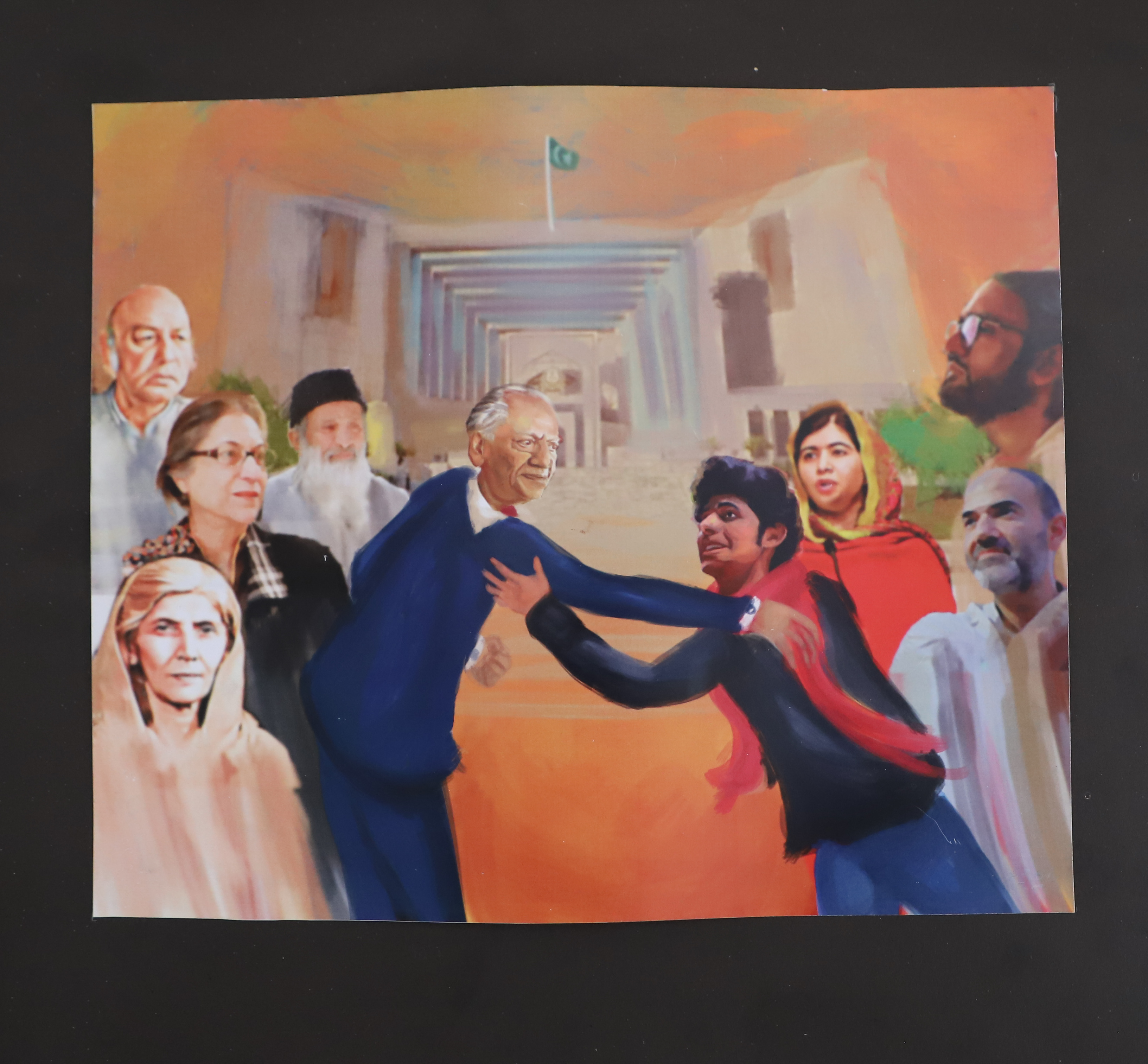
The exhibition gave the students a wonderful chance to discuss their works with guests and get feedback. This interactive engagement was followed by an inspirational talk by Dr. Jean-Baptiste Clais in the Faculty Lounge. Dr. Clais shared slides of his work-in-progress—an exhibition at the Louvre on Napoleon Bonaparte. He explained the process of curating an exhibition and gave details of the challenges and highlights of this grand project.

